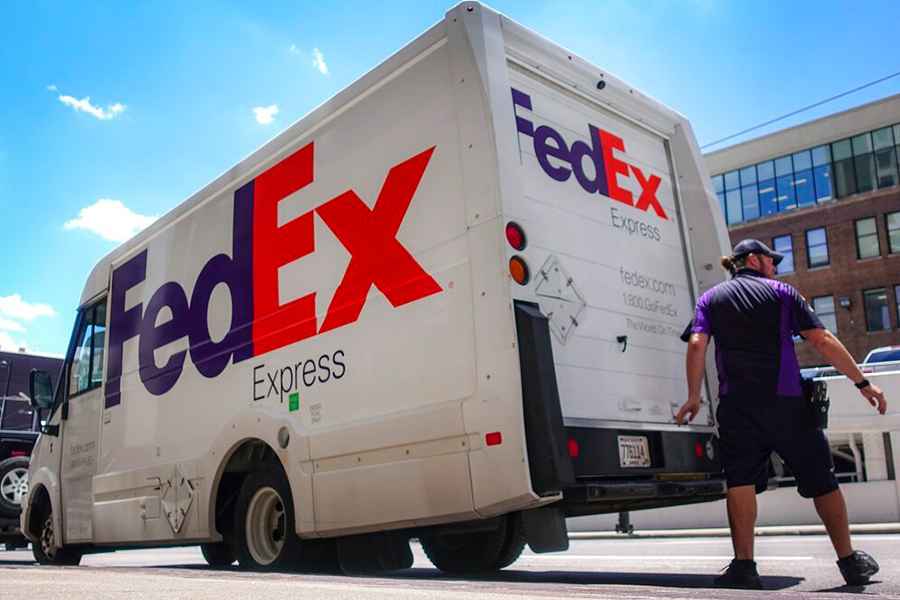Expertise:
- Sales
- Finance
- Business Development
Experience:
Robert has over 15 years of experience in sales leadership, finance, and business development. He recently spent six years leading a team of small business financing professionals, facilitating the deployment of critical capital to over 9,000 small businesses across the US. When Robert isn’t writing he enjoys camping and hiking throughout the beautiful Pacific Northwest and spending time with his wife, two children, and an assortment of pets.



